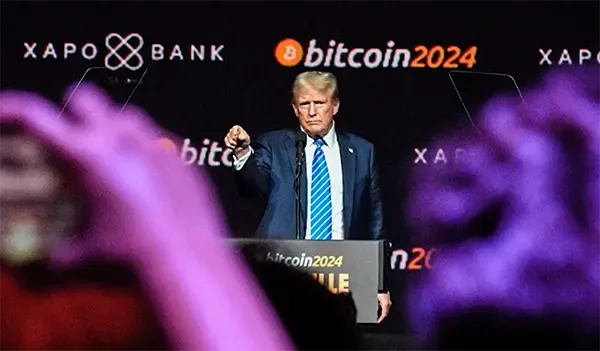Technology Giants Benefit from AI Infrastructure Boom
Technology companies emerge as major beneficiaries through permanent R&D expensing provisions and increased semiconductor manufacturing incentives. The $500 billion AI infrastructure buildout is creating sustained demand for computing power and data center capacity, with hyperscalers committing $325 billion in 2025 capital expenditures. Cloud computing growth continues accelerating with Microsoft Azure reporting 29% growth and Google Cloud expanding 35%, demonstrating robust enterprise AI adoption despite market volatility.
Stock Focus: Despite recent DeepSeek-related volatility, technology infrastructure plays remain positioned for multi-year growth, with data center REITs like Equinix and Digital Realty benefiting from massive cloud expansion.
Financial Sector Rides Perfect Storm of Rising Yields
Banks are experiencing a perfect convergence of rising yields, steepening yield curves, and anticipated deregulation as Treasury markets react to massive deficit spending. The 10-year Treasury has surged to 4.35% while the 30-year breaks above 5.1% for the first time since October 2023, providing banks with expanding net interest margins after years of compression. Regional banks are finally seeing relief from the inverted yield curve that had pressured profitability throughout 2024.
Stock Focus: JPMorgan Chase projects $88.5 billion in net interest income for 2025, while regional banks benefit from steepening curves and normalized lending spreads.
Treasury Market Dysfunction Signals Broader Risks
The bond market is showing signs of strain as $3.3 trillion in new deficit spending floods the market, with foreign buyers including Japan and China reducing their Treasury holdings. Gold has surged 30% to $3,500 per ounce, reflecting growing concerns about fiscal sustainability and dollar debasement as the currency index falls 7.52% year-to-date. Goldman Sachs has cut its S&P 500 year-end target to 6,200 from 6,500, citing tariff headwinds that reduce earnings growth projections.
What This Could Mean for Investors
The dramatic sector rotations created by Trump's historic legislation demand a fundamental reassessment of portfolio positioning for the new policy regime. Smart money is already rotating toward nuclear energy, diversified healthcare, and regional banks while avoiding Medicaid-dependent insurers and renewable energy plays. With Treasury market dysfunction posing systemic risks and international markets outperforming deficit-challenged U.S. sectors, sophisticated investors are exploring strategies that capitalize on these unprecedented shifts while managing downside risks.
The window for repositioning may be narrowing rapidly as institutional investors accelerate their rotation strategies and retail investors begin to catch on to these transformative trends.







